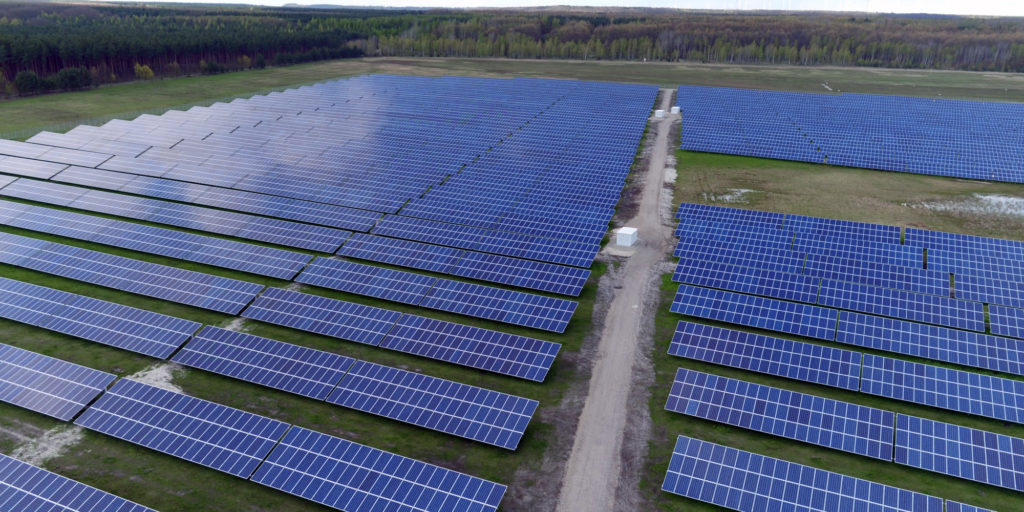From pv magazine Germany.
Germany’s Federal Network Agency has published the results of the first 2019 tender for ground-mounted PV and large-scale wind power projects.
For PV systems with 750 kW or more capacity, the tender saw 24 projects awarded with a total capacity of 178 MW. Overall, there were 80 bids for PV projects totaling 465 MW in the tender – which meant the exercise was around two-and-a-half times oversubscribed. Only two bids were excluded, because of formal errors.
Last year’s price trend continued with values increasing only slightly from round to round. In the latest tender, the average final price was €0.0480/kWh. In the round held in October, it was €0.0469. Tender prices ranged from €0.0411-0.0518/kWh – values slightly above those seen in the preliminary round. Successful bidders can now deposit guarantees until March 6.
Some 21 of the 24 selected PV projects will be deployed on arable land in disadvantaged areas. The southern region of Bayern had the largest allocation, with 22 projects. It is one of five federal states that have made use of the clause in Germany’s Renewable Energy Sources Act of 2017 to release additional arable land and grassland for tenders. The released annual quota for the Free State is now already 70% exhausted.
“The high quota for bids on arable land in Bavaria illustrates the unequal competitiveness of solar areas,” said Federal Network Agency president Jochen Homann.
Two types of tender featuring solar are being held in Germany: an extraordinary procurement for 500 MW with a March 1 deadline; and a mixed solar-wind tender with a deadline a month later. The latter exercise is expected to be held in two rounds and will allocate 400 MW of renewable generation capacity.
This content is protected by copyright and may not be reused. If you want to cooperate with us and would like to reuse some of our content, please contact: editors@pv-magazine.com.




Wind turbines could be placed near the ocean where there are plenty of solid rocks. It would be wise if select countrysides built up plastic waste landfills to place in windy or sand storm areas so that the ocean does not carry the waste.and it would provide a wind block for people and animals. Like man made mountains ,perhaps chopping the plastic first.and then covering it with rubble volcanic rock or unpopular coal.